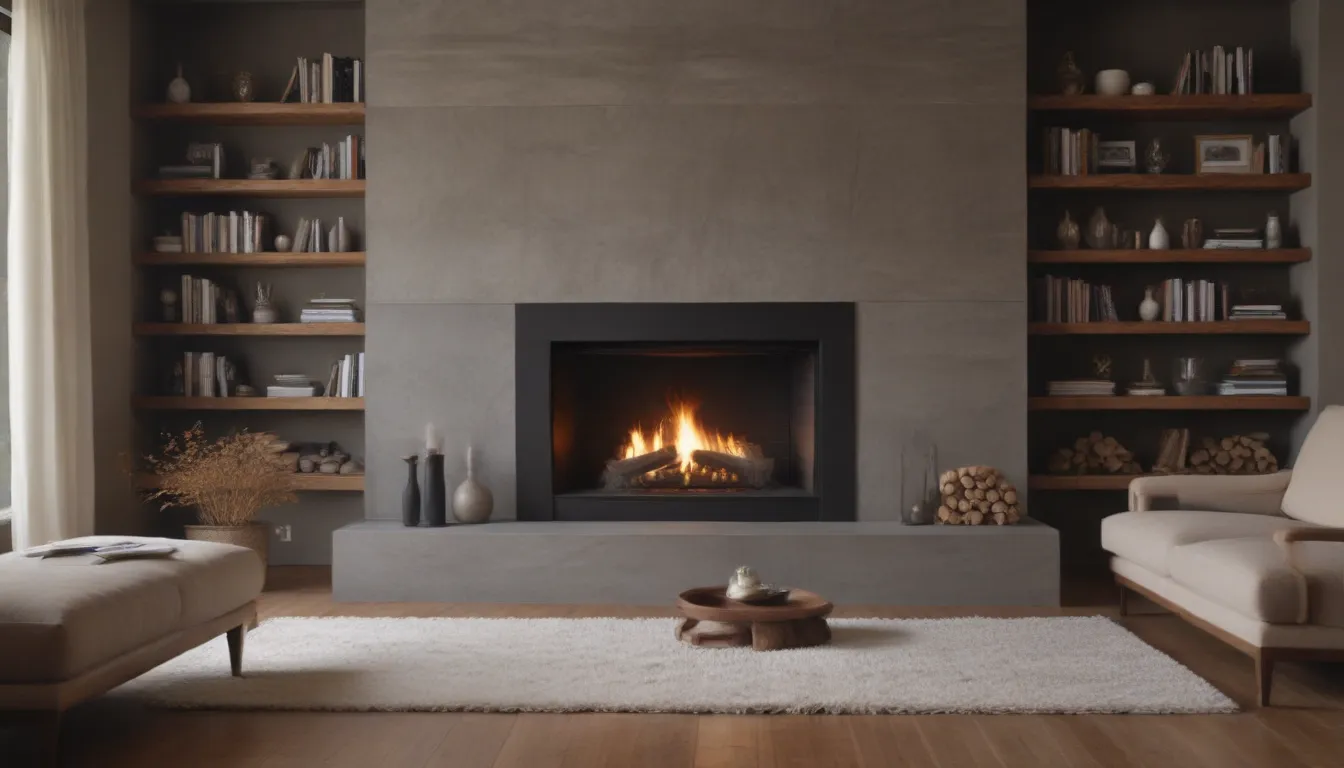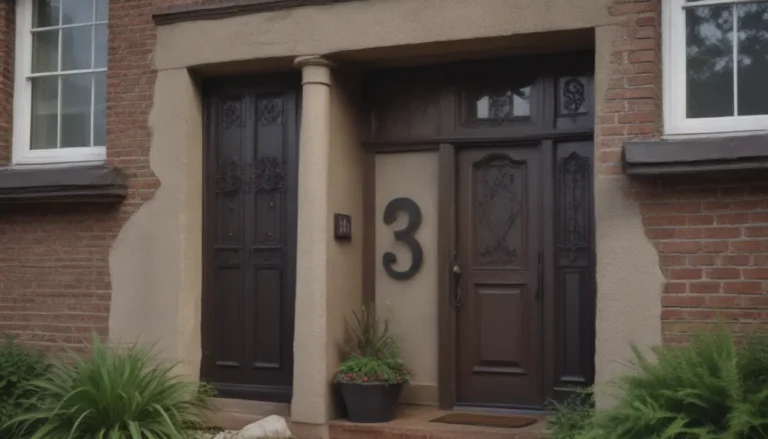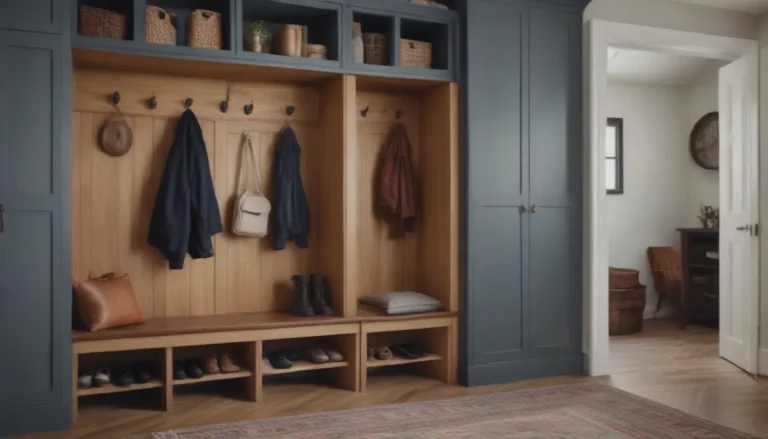Everything You Need to Know About Fireplace Mantels: A Comprehensive Guide

Are you considering adding a fireplace mantel to your home but not sure where to start? Fireplace mantels serve multiple purposes, from adding architectural character to providing storage space. It’s important to choose the right mantel that not only complements your fireplace but also enhances the overall aesthetic of your space. In this comprehensive guide, we’ll walk you through everything you need to know about fireplace mantels, including how to measure for the right size, different styles to consider, tips for choosing the perfect mantel, and what to do when replacing a mantel or surround. Let’s dive in!
How to Determine the Total Size of a Fireplace Mantel
When it comes to choosing the right size for your fireplace mantel, there are a few key factors to consider. Here’s a step-by-step guide to help you determine the total size of your mantel:
-
Measure the Firebox Opening: Start by measuring the size of your firebox’s opening. This measurement will dictate the size of the mantel you need. According to Morgan Newfield, founder of Newfield Design, the mantel’s size should be a balanced harmony that doesn’t dwarf other elements in the room.
-
Consider Style and Feeling: Once you have the firebox opening measurement, take into account the specific style and feeling you want the mantel to evoke. Different styles of mantels can create different aesthetics in a room, so choose one that aligns with your design preferences.
-
Follow Safety Guidelines: The National Fire Protection Agency (NFPA) recommends that a mantel should be at least 12 inches above the top of the firebox opening for safety purposes. Make sure to adhere to these guidelines when choosing a mantel.
Types of Fireplace Mantels
Fireplace mantels come in a variety of styles, each with its own unique characteristics. Let’s explore some of the most commonly seen types of fireplace mantels:
Marble Mantels
Marble mantels exude elegance and grandeur, often associated with Victorian properties, Parisian buildings, and upscale hotel lobbies. These mantels can feature intricate carvings or have a plain, sophisticated look.
Wood Mantels
Wood mantels are known for their rustic charm and simplicity in design. They are perfect for adding a cozy and inviting touch to a room, whether left in their natural state or painted to match the decor.
Stone or Brick Mantels
Stone and brick mantels are ideal for creating a warm and cozy atmosphere, reminiscent of a charming English cottage. Stone mantels are typically left in their natural state, while brick mantels may be painted or left in their traditional red color.
Overhang Mantels
The size of a mantel’s overhang can vary depending on its style. Traditional mantels often feature overhangs, while contemporary styles may not. Consider the overall aesthetic of your space when choosing a mantel with or without an overhang.
Additional Tips for Choosing a Fireplace Mantel
When selecting a fireplace mantel, there are a few additional tips to keep in mind:
-
Determine the Aesthetic: Identify the desired aesthetic of your room before choosing a mantel. You can mix period-specific styles with contemporary furnishings to create a unique look. Consider incorporating crown molding or other architectural elements to complement the mantel.
-
Find the Right Material: Mantels are available in a variety of materials, including plaster, stone, wood, and more. Choose a material that aligns with the overall feel of your space. Stone or marble mantels work well in contemporary, traditional, and transitional homes, while wood mantels add warmth to a room.
What to Do When Replacing a Mantel or Surround
If you’re considering replacing an existing mantel or surround, it’s essential to follow these tips:
-
Work with a Designer: Replacing a fireplace mantel can be a significant investment, so it’s recommended to work with a designer to ensure the design and measurements are accurate. Mistakes in design or measurements can be costly to rectify.
-
Inspect the Underlying Structure: Check the underlying structure of the mantel, especially in the case of wood or coal fireplaces. The mantel may be integral to the firebox construction, so it’s crucial to assess its condition before making any changes.
Remember, the NFPA guidelines recommend that a mantel should be at least 12 inches above the top of the firebox opening for safety reasons.
In conclusion, choosing the right fireplace mantel can transform the look and feel of your space. Whether you opt for a marble mantel for a touch of elegance or a wood mantel for a cozy vibe, there are plenty of options to suit your style. By following these guidelines and tips, you’ll be on your way to selecting the perfect fireplace mantel for your home. Sign up for our free daily newsletter for more design inspiration and tips to elevate your space!





